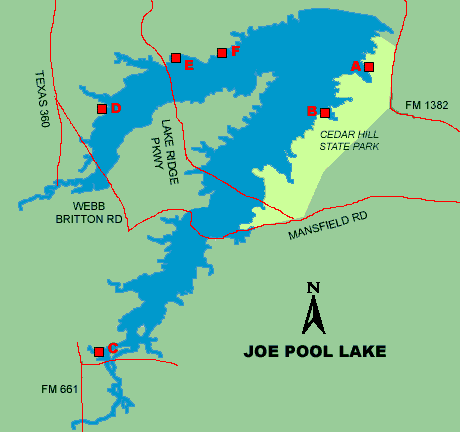The Texas Supreme Court recently decided an important real estate case in Town of Lakewood Village v. Bizios. Bizios was lived outside of Lakewood Village, Texas. Bizios was sued by Lakewood Village for not applying for or obtaining building permits when he began building his home. Lakewood Village, which is a general law municipality, asserted that it has the authority to extend its rules and ordinances to its extraterritorial jurisdiction. The extra-territorial jurisdiction (“ETJ”) of any particular city is based on the city’s population. Extra-territorial jurisdiction is the unincorporated area around the city’s corporate boundaries over which a city can exert control for certain activities.
In this case, the Texas Supreme Court determined that home rule cities are permitted to enforce their building codes in their extraterritorial jurisdiction, but general law cities, such as Lakewood Village, cannot.







